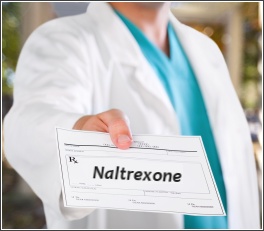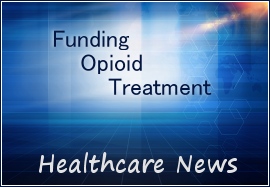Providence, Rhode Island is the first location in the United States to offer a mobile methadone service. This article profiles CODAC Behavioral Health who operate a 27 foot RV that has been modified to function as a mobile methadone unit.
The concept behind this innovative approach is to bring essential medication-assisted treatment services to the rural areas of Rhode Island where many prospective patients are underserved.
Access to methadone and buprenorphine-based treatments remains an ongoing challenge as nearly 83% of those with opioid use disorder (OUD) are not yet utilizing medication to help with their opioid withdrawal symptoms. Opioid withdrawal sickness is the primary driver of illicit opioid use, opioid overdose, and lifestyle disruption.
CODAC received their FDA approval in July 2022 to begin dispensing methadone from their mobile unit.
Methadone clinics are a lifesaver for many thousands of recovering individuals across the country. There are a number of new clinics opening each week, but the provision of a methadone mobile service offers an interesting alternative that will be closely watched and evaluated in the years ahead.

 Follow
Follow

 The faces of recovery are as diverse as you can imagine. Decades ago, there were common stereotypes of addicts as people who looked a certain way and likely came from a shady side of the tracks.
The faces of recovery are as diverse as you can imagine. Decades ago, there were common stereotypes of addicts as people who looked a certain way and likely came from a shady side of the tracks. Naltrexone is an opioid treatment medication that works very differently than either methadone or buprenorphine.
Naltrexone is an opioid treatment medication that works very differently than either methadone or buprenorphine. The national budget proposal for the 2019 fiscal year includes a request for $13 billion in funding for opioid treatment and related services. This linked
The national budget proposal for the 2019 fiscal year includes a request for $13 billion in funding for opioid treatment and related services. This linked  The U.S. House of Representatives just passed a sweeping reform, called the 21st Century Cures Act, that will infuse $1 billion in new funding earmarked for opioid treatment and prevention services.
The U.S. House of Representatives just passed a sweeping reform, called the 21st Century Cures Act, that will infuse $1 billion in new funding earmarked for opioid treatment and prevention services.


